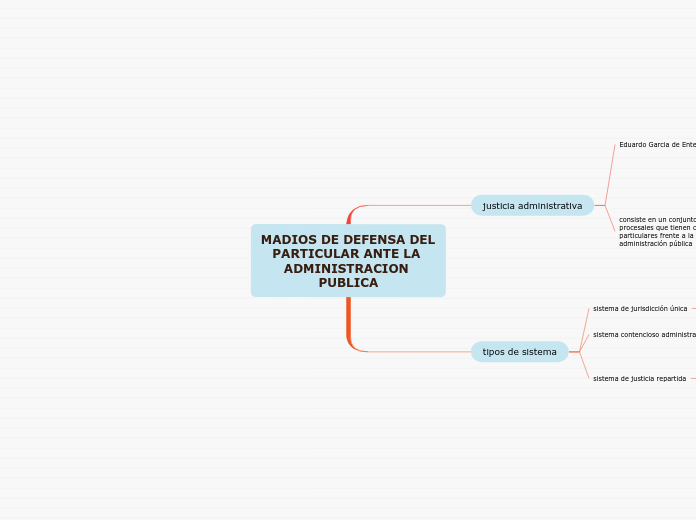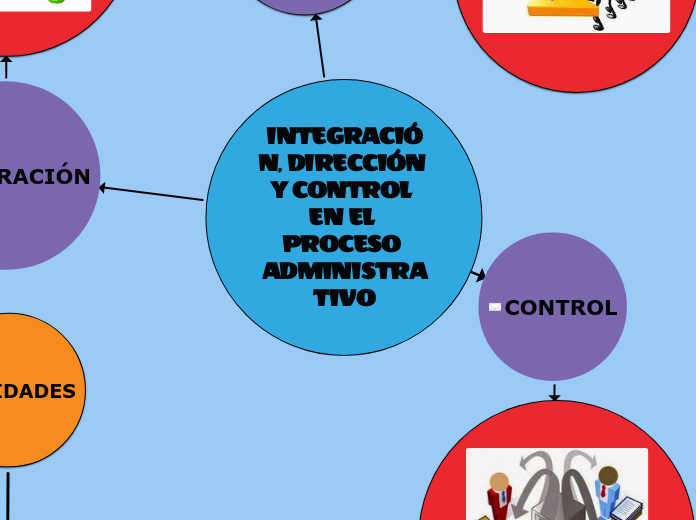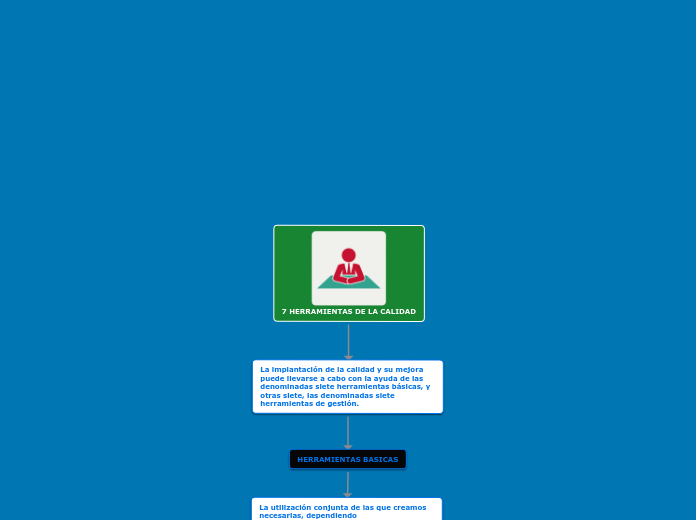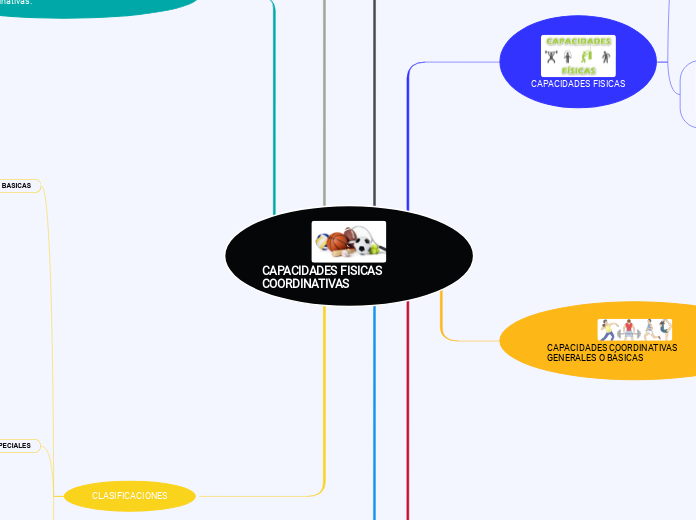MADIOS DE DEFENSA DEL PARTICULAR ANTE LA ADMINISTRACION PUBLICA
To name your story, you have to think about the overall message and what you want your audience to understand from the story. Also, make it relevant and easy to remember.
tipos de sistema
The middle of the story is where you add layers of complications that will lead to the end. Reveal more about the character's journey. Did their personality go through changes? How did they overcome the challenges? And as you build up the story’s central conflict, make it more personal to that character. Also, from the middle act, you have to lead into the final act.
sistema de justicia repartida
There wouldn't be any tension and excitement in your story if there weren't any obstacles in your character's way.
reparte competencia jurisdiccional
A story is nothing more than a character overcoming a series of difficulties to reach the desired goal. Obstacles usually create suspense and conflict. In overcoming obstacles, there is growth: weak becomes strong; hatred turns into love; sadness into happiness; wrong into right; lies into truth; or evil becomes good.
See a few examples below:
- stopping a meteor
- finding a killer
- finding love
jurisdiccion unica
administrativos
jueces comunes
sistema contencioso administrativo
Your character(s) need(s) motivation in order to solve the challenge(s).
pertenecen a la propia administracion
Secondary characters might also have motives that lead them to cross paths with the main character or which might trigger them to help the main character.
crean órganos jurisdiccionales
Why does your character need to confront this challenge? What does he/she expect to accomplish by solving it?
See a few examples:
- will marry in 3 days
- can fix the mistakes of the past
sistema de jurisdicción única
Each story has a main character and that character usually needs to solve a problem or challenge. The character's challenge is the one that creates tension throughout the story.
control publico
In most stories, there are 3 challenges. The number 3 is a mystical number symbolizing completeness. Try to come up with interesting challenges with which your character needs to struggle.
See a few examples below:
- turns into a werewolf at night
- is sent back in time
jueces resulven conflictos
justicia administrativa
In the beginning of the story (or the exposition), you will need to introduce the setting and characters. You might also want to introduce the main conflict. This part of the story is important because it gives the reader necessary background information and maybe even a first insight into a character’s personality.
consiste en un conjunto de instrumentos jurídicos y
procesales que tienen como finalidad la tutela de los particulares frente a la
administración pública
The setting (time & place) of a story can change throughout the plot.
recursos administrativos
The time of the story can also change. It can describe the event of a single day or can include an entire year's plot. Anyway, don't forget to mention it.
funcionan como medios de impugnación
los cuáles se
presentan ante sede administrativa
jurisdicción
administrativa
Your story can take place wherever your imagination will take you to.
For example: in an elevator, in an enchanted forest, etc. Don't forget to give details of the environment each time the setting changes, otherwise, the story can be confusing. Also, mention the seasons as each of them has unique weather and events.
primer lugar las leyes del
procedimiento administrativo
jurisdicción es la especie
justica es el género
jurisdiccionales ya sean a nivel federal o local.
Eduardo Garcia de Enterria
Characters are essential to a good story. Usually, the protagonist(s) is/are the most affected by the plot. Introduce a character by focusing on their actions, interests, and occupation, as the physical appearance doesn't make a difference in most cases.
justicia y seguridad publica
Type in the name of your character.
miselaneas fiscales
Add other qualities/attributes of the character.
desarrollo de normas reglamentariaa
Which traits best describe the character's personality? Choose more if necessary:
introvertedloyalkindindependentquick-thinkingadventuresomeidealisticsweet-naturedcalmrisk-takercreativewittystrictfussyweirdclumsyharshaggressivecarelessclingingcowardlycrueldeceitfulimpulsiveOther
leyes en sentido formal
Choose the type of your chacter:
Protagonist (main character)Antagonist (main character's opponent)Flat (stereotypical character)Round (his/ her personality develops throughout the story)Static (doesn't evolve as a person throughout the story)Dynamic (dramatical change in personality)Confidant (the main character trusts him/ her)Foil (contrasting character who enhances the personality of another character)Other










